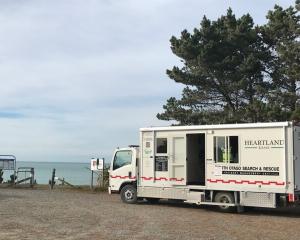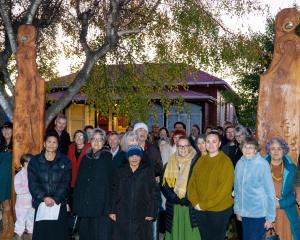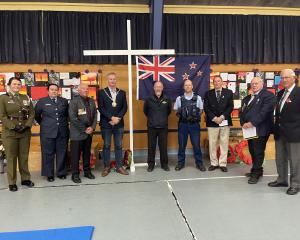Transpower is warning the public of the dangers of flying drones near transmission lines after one became entangled in the National Grid near Waimate earlier this month.
The drone struck a high-voltage transmission line 5km west of Waimate about 3.30pm on September 9.
Transpower general manager grid performance Jim Tocher said the unmanned aerial vehicle (UAV) had to be removed by experienced line crews while keeping the 220 kV Roxburgh-Islington (Christchurch) transmission line in service to avoid potential power outages and disruption to the area the lines supplied.
It took three hours to remove the drone.
''We would advise that UAV operators use their aircraft well away from high-voltage transmission lines and substations as they have the potential to put the public, our staff and contractors at risk and disrupt power supply.
''UAV operators should check the settings on their aircraft to ensure the 'automatic return to home' functions are undertaken at an appropriate altitude so as not to conflict with electricity transmission and distribution lines.''
He said the drone owner contacted Transpower, the owner and operator of the National Grid, immediately and did not attempt to remove the drone himself.
He remained on site until a Transpower crew arrived.
''We commend the owner for this approach which helped to keep the site safe and enabled quick identification and removal of the UAV.''
Transpower communications manager Rebecca Wilson said the incident was potentially serious; if a drone flew into the transmission lines and burst into flames it could cut power to wide areas, as happened in an incident reported in Northland last week by local distribution company Northpower.
About 200 commercial and industrial businesses were affected in that incident in which a UAV struck 11kV distribution lines while taking aerial photographs of a commercial property in an industrial area.
''We suspect a loss of at least 1000 man hours of productivity for the businesses affected - a very significant cost,'' Northpower's public affairs manager, Steve MacMillan, said.
''The UAV that connected with our line caused a flashover which resulted in the UAV breaking up and falling to the ground.
''Fortunately, no-one was injured and the line did not come down, but this risk could have been avoided had the operator been aware of the lines and complied with minimum safety distances.''
Operators of UAVs needed to plan their flights at least 20m from overhead lines, he said.
''Large carbon-fibre UAVs tend to be used with DSLR cameras and these larger video cameras are a serious hazard to electrical infrastructure and should not be flown at all near powerlines.''
Both Mr MacMillan and Mr Tocher advised anyone whose drone hit electricity or transmission lines to contact the power company for assistance and not attempt to retrieve it themselves.
At the end of July, the Civil Aviation Authority (CAA) announced users of UAVs needed to have a safety plan in place and consent from owners of property they were flying over.
Those unable to obtain consent could still fly a drone if they had an operating certificate from the CAA.
The aim was to regulate the use of drones and increase safety, CAA general aviation manager Steve Moore said.
CAA senior communications adviser Mike Eng confirmed the Waimate incident had been reported to the CAA.
• Chris Tobin












